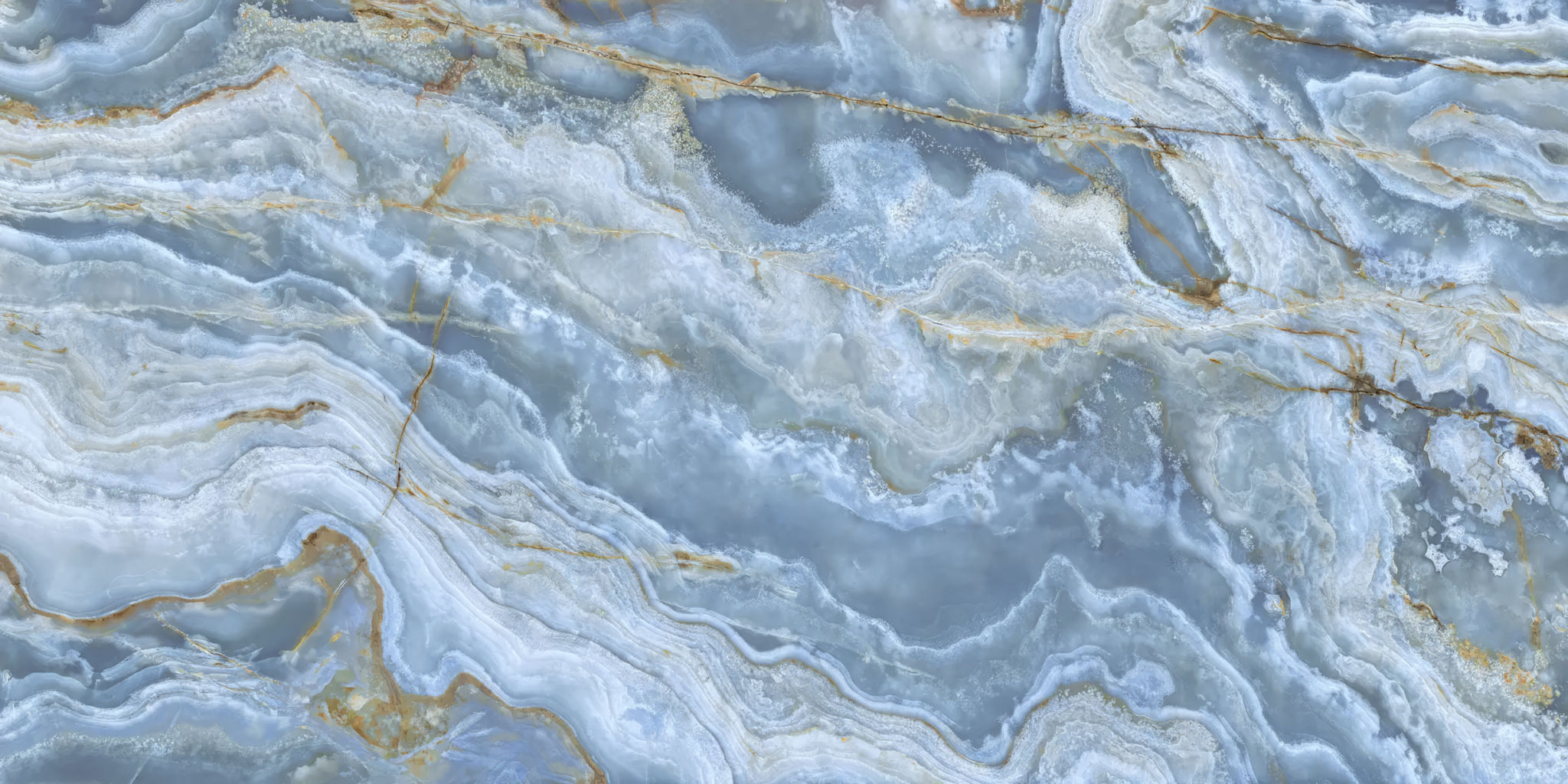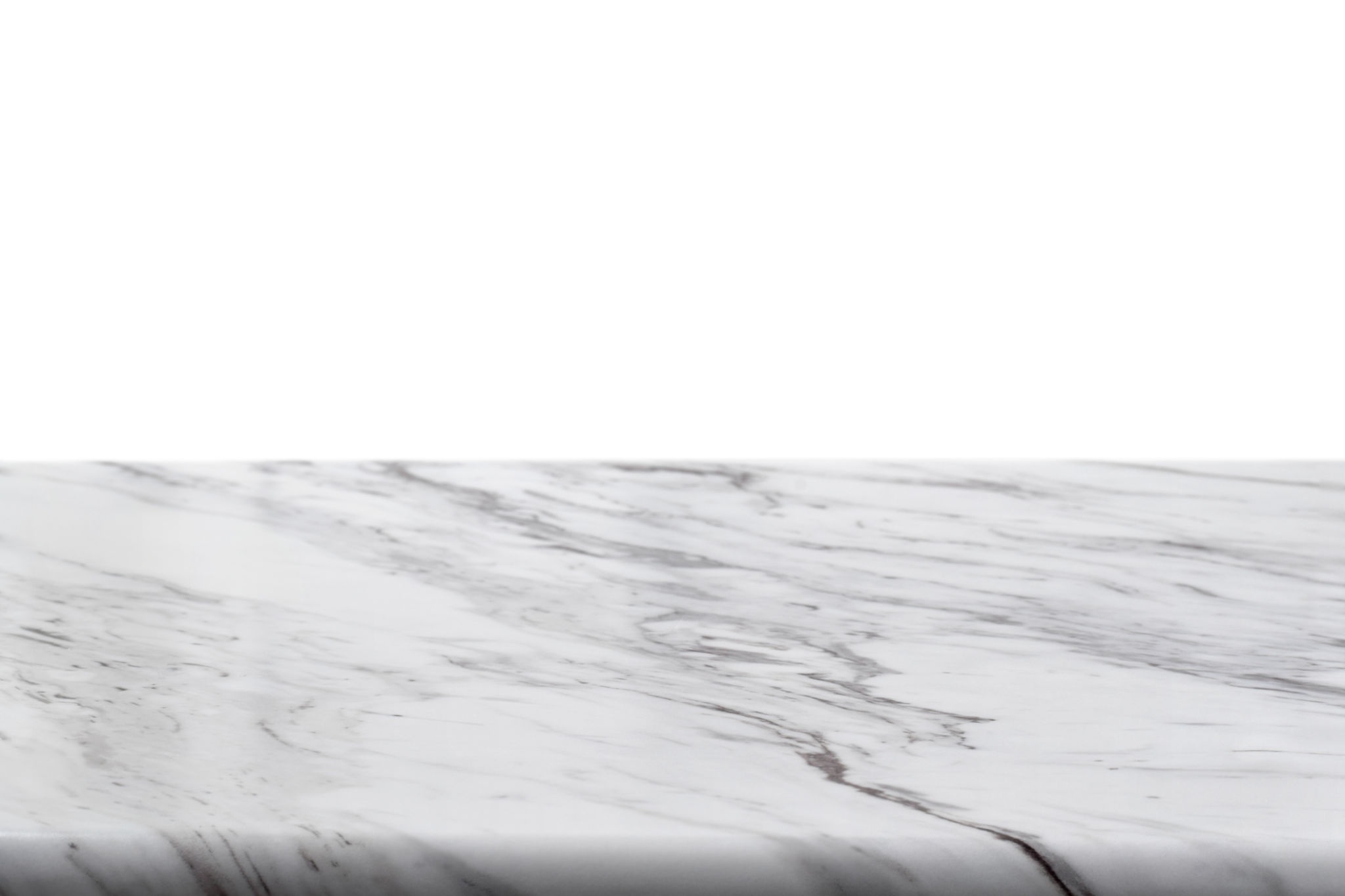Common Myths About Taj Mahal Quartzite: Separating Fact from Fiction
Understanding Taj Mahal Quartzite
Taj Mahal Quartzite is often praised for its stunning aesthetics and durability, making it a popular choice for homeowners and designers alike. However, with its growing popularity, several myths have emerged that can mislead potential buyers. In this blog post, we will debunk some of the most common myths about Taj Mahal Quartzite and provide you with the facts you need to make an informed decision.

Myth 1: Taj Mahal Quartzite is the Same as Marble
One of the most prevalent myths is that Taj Mahal Quartzite is essentially the same as marble. While both materials are natural stones with similar veining patterns, they differ significantly in composition and durability. Quartzite is formed from sandstone and is primarily composed of quartz, making it much harder and more resistant to scratching and etching than marble. Marble, on the other hand, is a metamorphic rock composed mainly of calcite, which is notably softer.
Myth 2: Quartzite is Stain-Proof
Another common misconception is that quartzite is completely stain-proof. While it is true that quartzite is more resistant to staining than many other natural stones, it is not entirely impervious. Like any natural stone, Taj Mahal Quartzite should be sealed properly to enhance its resistance to staining and to protect its surface from spills and other potential damage.

Myth 3: Quartzite Requires No Maintenance
Some believe that once installed, Taj Mahal Quartzite requires no maintenance. This is not the case. Although it is a durable material, regular maintenance is essential to keep it looking its best. This includes periodic sealing, cleaning with non-abrasive cleaners, and avoiding harsh chemicals that could damage the stone.
Myth 4: All Quartzites Have the Same Appearance
Taj Mahal Quartzite is known for its unique creamy color with subtle veining that resembles the iconic Taj Mahal monument. However, it's important to remember that no two quartzite slabs are identical. Variations in color and pattern occur naturally, giving each slab a unique appearance. It's always a good idea to view multiple slabs before making a final selection for your project.

Myth 5: Quartzite is Prone to Chipping
Some homeowners worry that quartzite might chip easily due to its hardness. In reality, while Taj Mahal Quartzite is very durable, it is less prone to chipping than softer stones like marble or limestone. However, as with any countertop material, care should be taken to avoid dropping heavy objects on its surface.
The Truth About Taj Mahal Quartzite
Taj Mahal Quartzite offers a blend of beauty and durability that few other materials can match. By separating fact from fiction, you can confidently choose this exquisite stone for your home or commercial project. Remember to consult with a professional stone supplier or installer who can provide you with further insights and advice tailored to your specific needs.